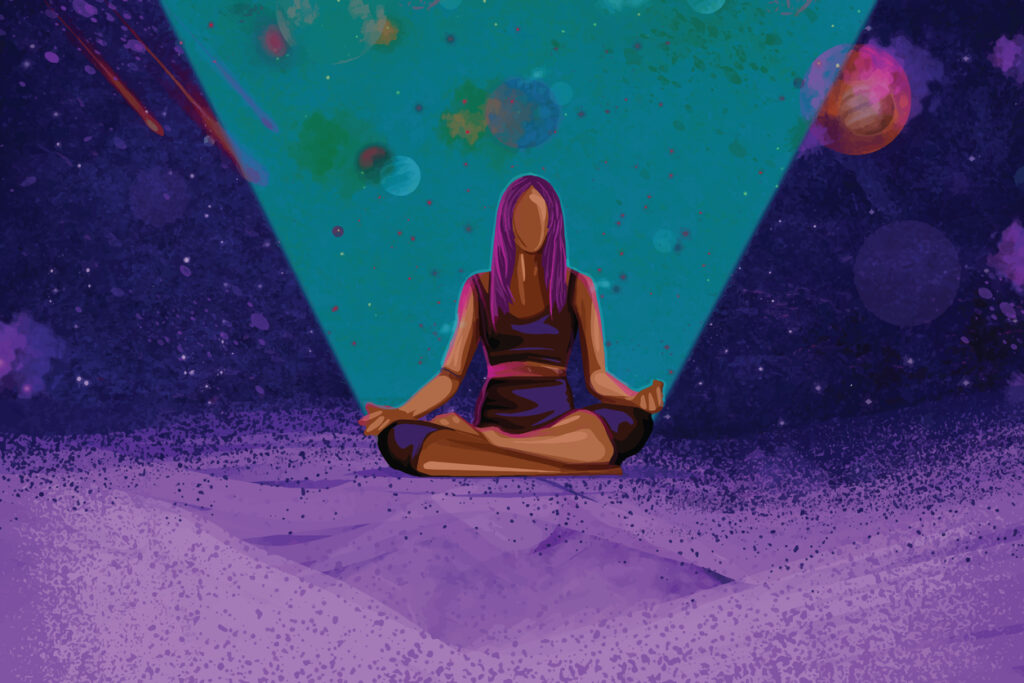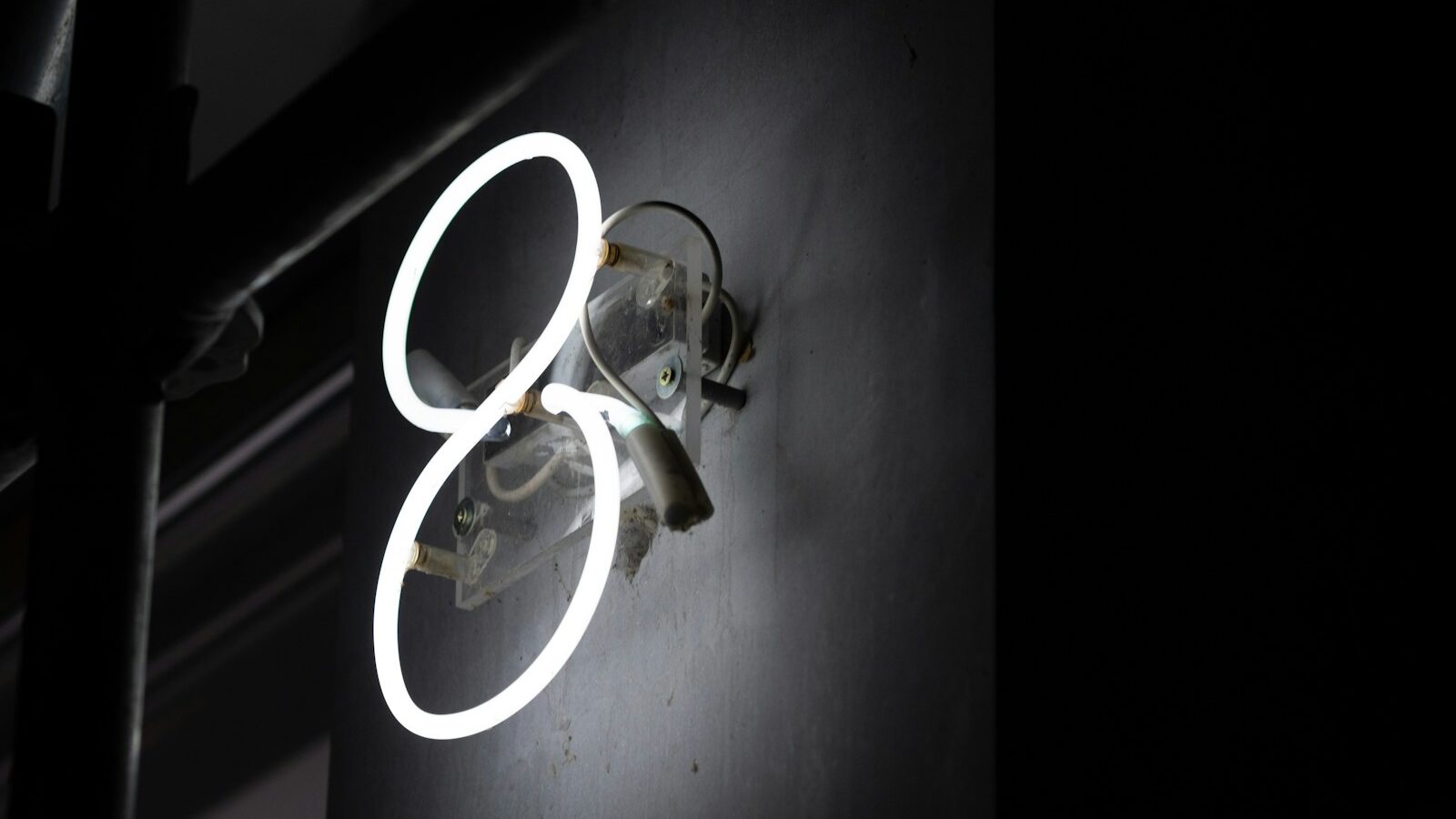At president Biden’s inauguration, young poet laureate Amanda Gorman gave a stunning performance that opened with the line:
“When day comes, we ask ourselves where can we find light in this never-ending shade?”
That shade within the world of work most definitely contains stress and burnout. When researching Perry’s book The Energized Workplace, we found a staggering array of statistics about the damage being done to people through overwork. We called it ‘peak work’ and before the Covid-19 crisis, we even labelled it a ‘quiet pandemic’.
The shade over the state of work mirrors the shade over the state of humanity. There is no ‘work you’ and ‘personal you’. It’s all just you – and you, speaking broadly, are more stressed and burned out than ever as you hang on through the rollercoaster that is our current times.
A one-time email or intranet post is often not enough to effectively communicate the resources your organisation offers to support wellbeing.
Climbing up that hill
Where this leads us is a mental health crisis at work. According to a recent World Health Organization study, 615 million people suffer from depression and anxiety and, of a staggering 75% of us who experience burnout at work, 40% specifically cite the Covid-19 crisis as the cause in a new survey by FlexJobs and Mental Health America. We also know that burnout impacts marginalised people disproportionately and that achieving a state of wellbeing is a personal, nuanced, and different journey for each of us.
According to The New York Times, in the US over half of employees feel burned out at least some of the time. It doesn’t just hurt our productivity.
Burnout in employees can also show up as:
- Easily upset or angered
- Recurring sickness
- Reduced efficiency and energy
- Lowered levels of motivation
- More time spent working with less being accomplished
That’s our shade and our hill to climb. In the face of constant pressures, uncertainty, expectations and monotony, coupled with anxieties around our loved ones, homeschooling, job demands, and the erasing of our routines, we’re tasked with reinventing our approach to combating burnout and supporting wellbeing. So, how do we climb this hill?
We have to first align on a foundational mindset. As organisations that fight daily for the humanising of work, we believe that every human deserves to live a good life. Full stop. This is where we build from, a shared belief and understanding of what we all really want.
Then, we have to agree that wellbeing is not a ‘one and done’ initiative. It’s a transformational approach to change that’s informed by data and empathy with consistent effort that’s realised in your culture, business strategy, communications, and everyday moments that make up a collective experience.
There are several subtle cues that reveal an employee is heading for burnout.
Six tips to help prevent burnout
Leaders are vital to paving this path to wellbeing and preventing burnout for their employees. Duty of care has never meant so much to people, and our platforms and responsibilities as leaders are more powerful than ever. Here are six ways leaders can act on this.
- Get to know your employees
A simple way to start this process is by distributing a ‘state of wellbeing’ survey asking how your people are. You can also create a series of questions for leaders to utilise in one-to-ones that go beyond the work and get to ‘how are you doing, really?’ This is a new muscle for many, it may be weak at first, but you simply have to start using it. It will strengthen.
- Know the quiet cues
There are several subtle cues that reveal an employee is heading for burnout. Often these are overtures to appear immune to stress or overwhelm, or actions and behaviours that they think the organisation values – i.e. ‘hustle culture’. Keep an eye out for statements such as ‘I’ll take a vacation and then be ok’, and behaviours like cancelled time off, late night work activity, or even physical cues like tense body language or distracted eyes. Proactively address these things, ask how the person is really doing, and reinforce the importance of self-care and a ‘no guilt’ culture, and how that leads to ultimate success.
- Look at capacity often
Do workforce planning often to ensure you have the right (and enough) people in place. Normalise conversations with your team about capacity, if they’re feeling 100% tapped or have more to give. Look into gig work to help with support your work if full time hires are not an option.
- Help employees create boundaries – then help enforce them
Create a simple boundary plan for employees to fill in that includes the things needed to feel balanced, as well as what we need to do as individuals and teammates to support them. Shared calendars are a simple and effective tool in providing visibility and accountability for boundaries.
- Share the resources available
A one-time email or intranet post is often not enough to effectively communicate the resources your organisation offers to support wellbeing. Push reminders, information on new features, and announcements of new resources, and ensure your entire leadership team is aware of this information and encourages utilisation in conversations with their teams.
- Be consistent
Leading teams to a greater state of wellbeing is a journey. Checking in more often, asking and sharing, allowing space for more vulnerability and healing will all become second nature with consistent effort.
Beyond work
Back to Amanda Gorman and this amazing passage of words:
When day comes, we step out of the shade, aflame and unafraid.
The new dawn blooms as we free it.
For there is always light,
if only we’re brave enough to see it.
If only we’re brave enough to be it.
Leaders have the chance to be brave enough to go beyond the work and do things of true benefit to others. Perhaps this is the true ‘work’ of 2021 and beyond, being able to change the trajectory of someone’s life by being emotionally aware, simply listening, and offering tools and guidance to others caught in the swirl of a discombobulated world.
By helping to create space for wellbeing, you – as a leader of title, or of approach – can create better outcomes for everyone: business, customer, leader, and most of all, the humans you call your colleagues and collaborators. Be there for one another and, as Bill & Ted (those near poet laureates), wisely said: “be excellent to one another!”
We hope you enjoyed our first foray into words of comfort and aspirations for the challenging times we face. As people professionals, leaders, and humans alike, we have a duty of care to one another and to ourselves. Be brave enough to be your own light. We hope we’ve brought some light to others through Amanda Gorman’s tapestry of words and hope.
Interested in this topic? Read How Covid-19 will impact employee wellbeing in the long term.
[cm_form form_id=’cm_65a14c3f5da64′]






